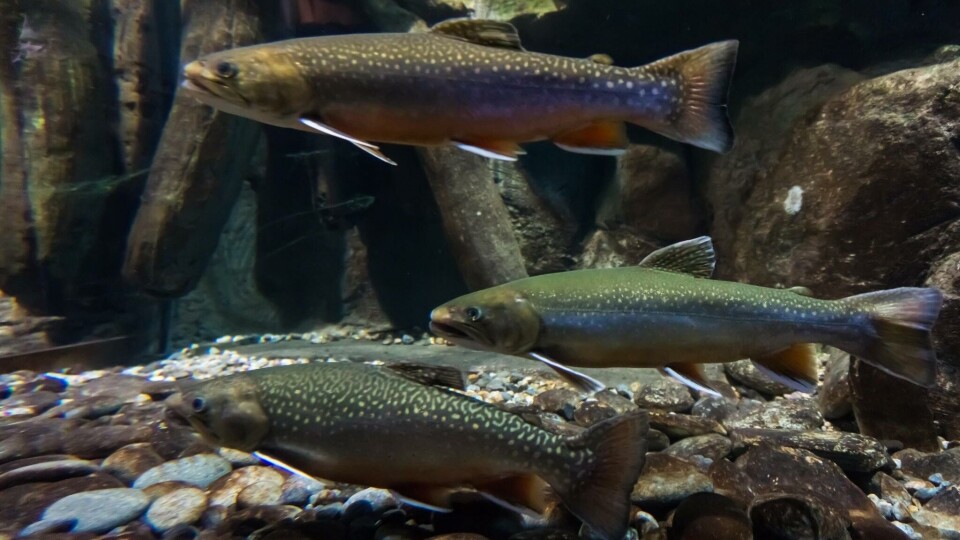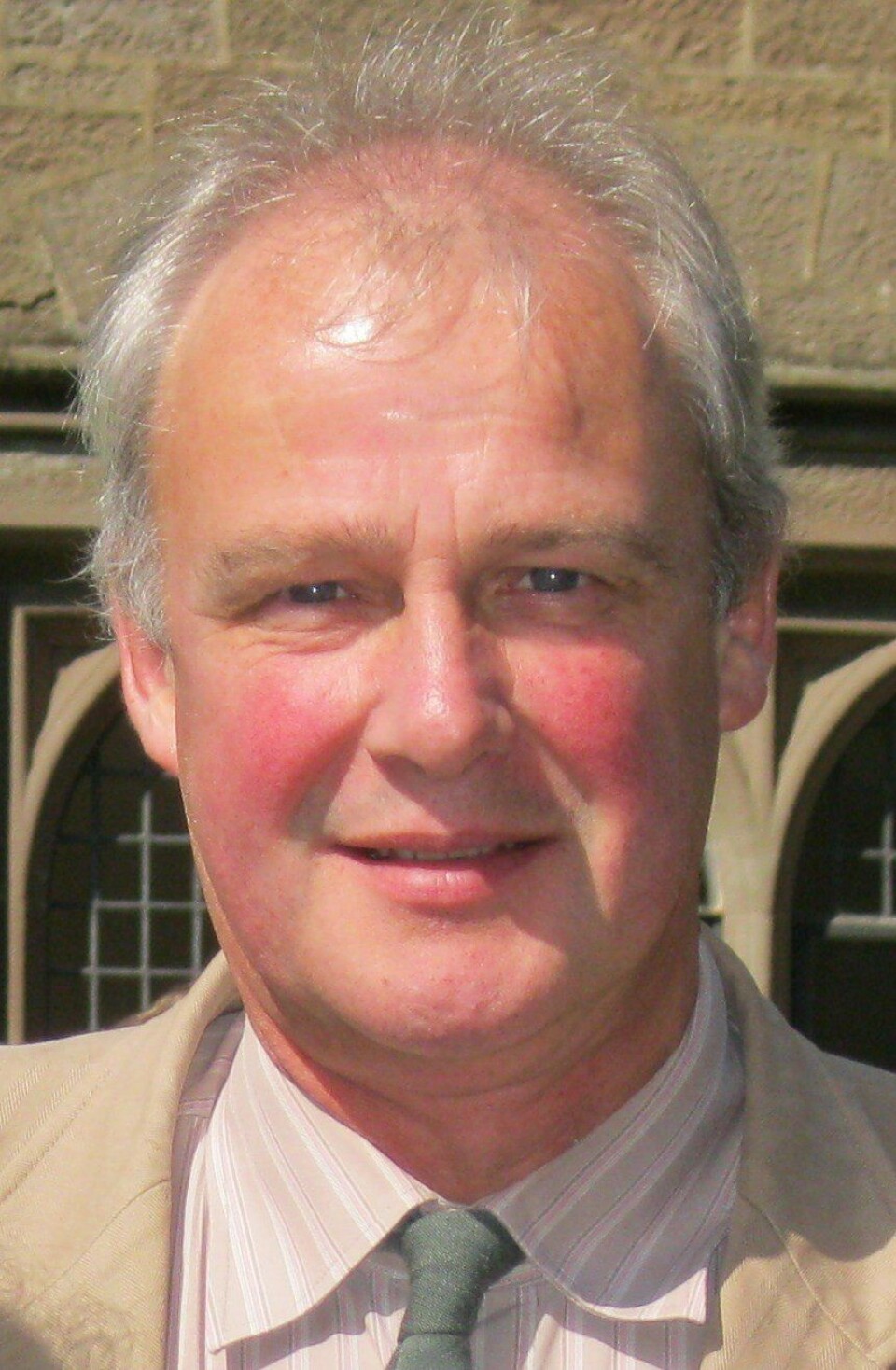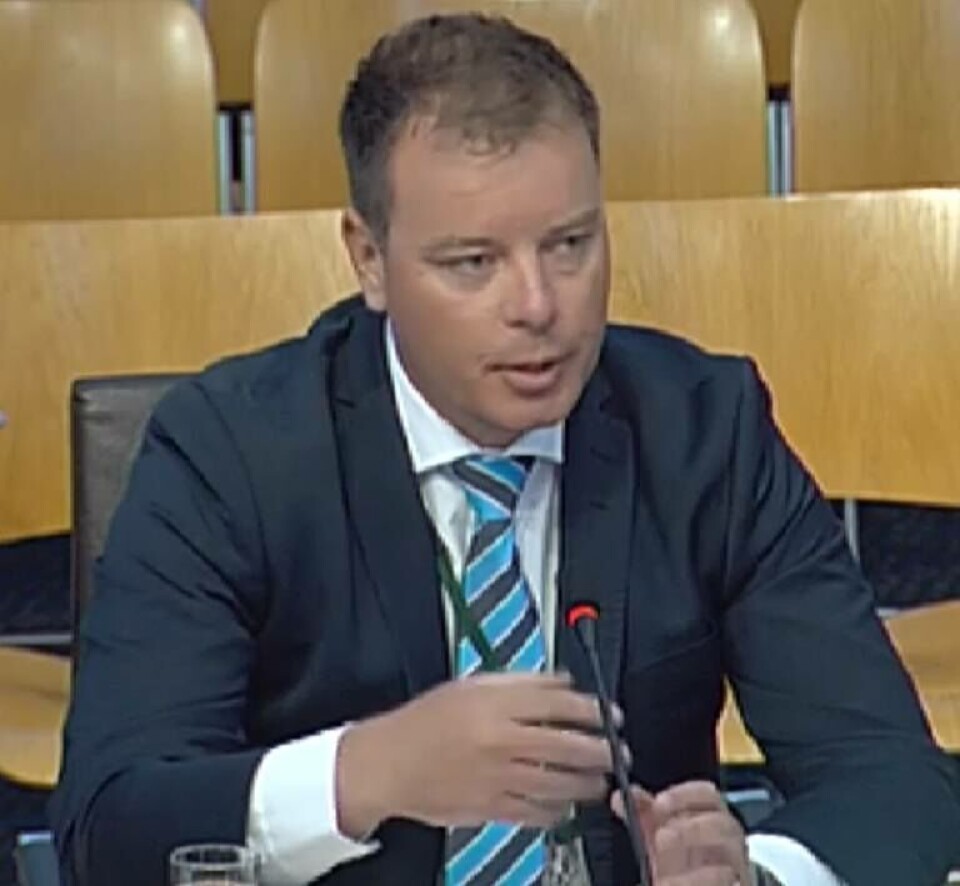
Lice data move ‘falls short’ claims angling lobby group
Angling pressure group Salmon and Trout Conservation Scotland (S&TCS) has expressed “dismay” with new farm-by-farm sea lice data now being published by the Scottish Salmon Producers’ Organisation.

It said the data “falls far short of what the Environment, Climate Change and Land Reform (ECCLR) Committee’s report in March on the Environmental Impacts of Salmon Farming demanded”.
The SSPO is publishing farm-by-farm lice figures on a monthly basis, but with a three-month time lag.
In a press release, the S&TCS – which wants all salmon farming moved to closed containment and blames farms for spreading lice and disease which harm wild fish - quoted the recommendation by the Scottish Parliament’s ECCLR committee that there should be no unreasonable delay in the publication of lice data and that “the industry should be required to publish it in real time”.
The ECCLR report continues: “Data should be published in a consistent and comparable basis and should include numbers of fish and action taken in response [to increases in lice numbers].”
S&TCS director Andrew Graham-Stewart said: “The industry is clearly ignoring most of what the ECCLR Committee called for – with no good reason. SSPO has unilaterally decided that it will publish data three months in arrears. Such a time lag for the release of individual farm sea lice data is unacceptable and unwarranted. There is no logical reason why the delay should be any more than a week or two.”
Statutory system
The group’s solicitor, Guy Linley-Adams, also said it was “unfortunate” that the marine fish farms of trout farmers Dawnfresh and Kames were missing from the SSPO’s data.
He added: “Overall, the SSPO’s data shows exactly why we need a statutory system requiring, by regulation, the publication of what the ECCLR Committee recommended.”
The ECCLR report is one of many pieces of evidence being taken into account by a more broad-based inquiry into the future of Scottish salmon farming being carried out by the Parliament’s Rural Economy and Connectivity (REC) committee.

Giving evidence to the REC committee inquiry earlier this week, former SSPO chief executive Scott Landsburgh said the SSPO had been reporting the number of sea lice on a 30-area basis for a number of years, adding: “We’ve taken it to a more granular reporting base now. It’s been quite difficult to ensure that we’re getting the absolutely accurate information. There’s no point in putting information out that has to be withdrawn and reset, but as of today we’ve got on our website a farm site-by-farm site sea lice report.
“There’s a three-month lag but there’s a reason for that, again it’s to ensure that we have the right data and it’s checked and double-checked to ensure it’s accurate. That will be produced on a monthly basis with a three-month lag, per farm site, and that will be on our website as from now.
“It will also be sent in advance to Marine Scotland scientists. Marine Scotland scientists, by the way, are still very keen to receive the area report, which believe it or not they think tells them more from an analytical point of view.”
Norwegian example
REC committee convener Edward Mountain produced an example from a Norwegian website that showed a farm’s lice figures from just two weeks ago, along with other, and asked Landsburgh if he would like to see data reporting at that level in Scotland.
Landsburgh pointed out much of that information was already publicly available on the Scotland’s Aquaculture and SEPA websites.
He added: “To be in nearer time to what the actual performance is, that would be a good step to do that, but it requires a lot of resource to do that, and I think it’s one step at a time. This has been a very considered step to get where we are with regard to our reporting and we are going to keep enhancing it, there’s no doubt about it.”

Marine Harvest managing director Ben Hadfield agreed the Norwegian example was where the industry would like to get to, but qualified this by telling the inquiry: “What Norway also has is a more supportive culture about marine farming and using the sea, generally. It is ingrained within their culture, right from access to fishing to farming.
“If we have full disclosure like that, and criticism which goes beyond evidence, which we have quite a lot in Scotland, then it’s not something we would want.
“The ideal would be that the industry moves forward, and mirrors that level of granularity with its publications, and we all come together and we develop a solution-focus culture about developing this industry in a sustainable way.”
During the meeting, Hadfield also said elements of the ECCLR report went beyond evidence-based criticism.
Responding to the S&TCS’s criticism, recently-appointed SSPO chief executive Julie Hesketh-Laird said the move to publishing farm-by-farm lice levels was an industry-led initiative using data from 100% of salmon farming companies in Scotland to incentivise improvements, inform stakeholders and encourage further understanding of the management strategies being implemented.
She added: “This is a progressive and important additional step in demonstrating the salmon farming sector’s commitment to providing transparent information about its farming operations.”






















































